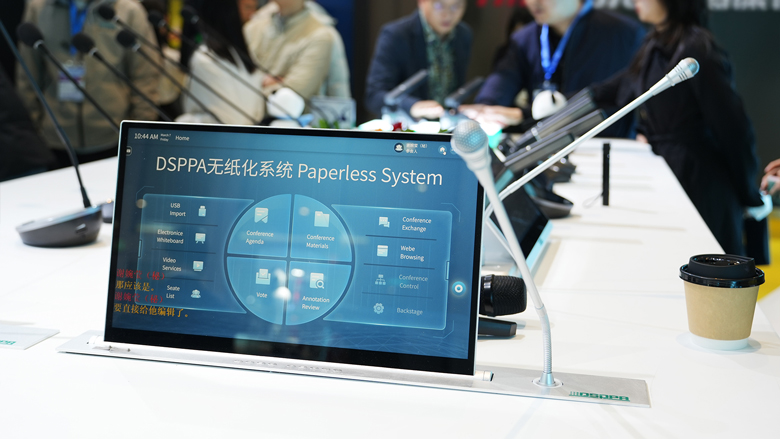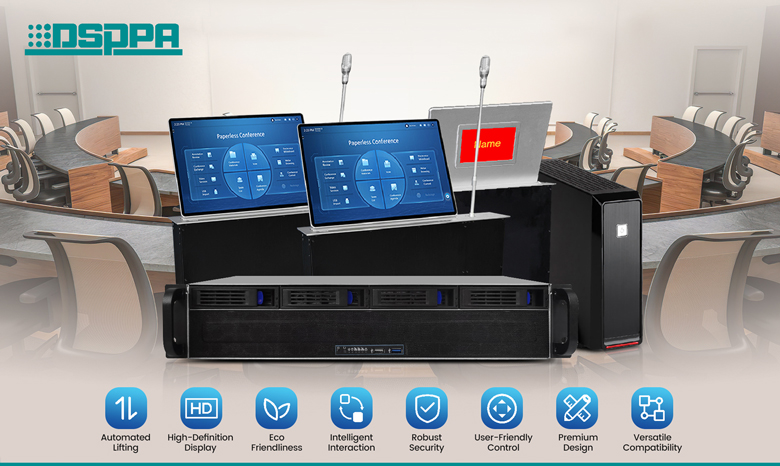
The paperless conference system refers to a meeting format in which meeting management and document distribution are handled through electronic devices and digital platforms. This meeting model no longer relies on traditional paper documents but uses paperless conference system software to create, distribute, review, and archive documents. The paperless conference system improves meeting efficiency through digital means, allowing participants to instantly access meeting materials on any device.

The concept of the paperless conference system is not new, but its popularization and application have seen significant improvements in recent years. With advances in technology and businesses' emphasis on sustainability, an increasing number of organizations are adopting paperless conference systems. Especially during the COVID-19 pandemic, the surge in virtual meetings and remote work accelerated the promotion of paperless conference systems. The paperless conference system not only reduces paper usage but also enhances the flexibility and efficiency of meetings.
There are several reasons to choose a paperless conference system. Firstly, the software of the paperless conference system can significantly reduce paper and printing costs, thereby reducing the environmental burden. Secondly, through a paperless conference system, meeting preparation and document distribution become more efficient, saving a great deal of time and human resources. In addition, the paperless conference system also improves data security, ensuring sensitive information is properly protected. Lastly, the paperless conference system helps achieve a company's sustainability goals, enhancing the company's image and sense of social responsibility.

Reduction in Paper Waste
One of the notable advantages of the paperless conference system is its ability to reduce paper waste. Traditional meetings often require large amounts of paper documents, including agendas, reports, and meeting minutes. The paperless conference system converts these documents into electronic formats through digital means, significantly reducing paper usage. For instance, a large company could reduce paper usage by up to 10,000 pages per month. This not only saves resources but also reduces the cost of paper waste disposal.
Lowering the Carbon Footprint
The paperless conference system helps reduce a company's carbon footprint. Paper production is an energy-intensive process that involves considerable energy consumption and greenhouse gas emissions. By reducing paper usage, the paperless conference system can significantly decrease a company’s carbon emissions. Furthermore, reducing the need for printing and transporting paper documents further reduces carbon emissions. Choosing the paperless conference system is an important step for companies to fulfill their environmental commitments and achieve sustainability goals.
Supporting Corporate Sustainability Goals
The paperless conference system not only helps reduce paper waste and carbon emissions but also supports a company's sustainability goals. Many businesses have incorporated environmental protection and sustainability into their core strategies. By adopting a paperless conference system, businesses can demonstrate their commitment to environmental protection. Additionally, the paperless conference system aligns with several of the United Nations' Sustainable Development Goals, helping companies establish a strong social responsibility image globally.